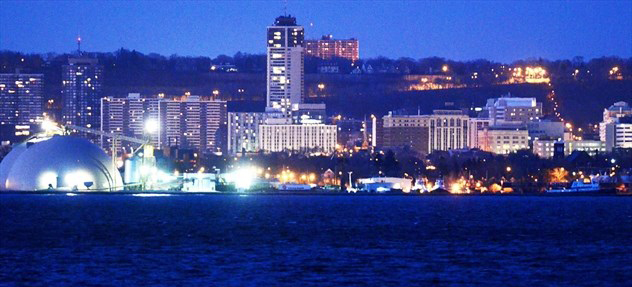Say hello to Hamiltonism
As progressive urbanists continue to push Hamilton toward a more economically vibrant and resilient future, they can take inspiration from Canada’s west coast.
The city of Vancouver has become the global darling of planners, architects, and urbanists as they study how Canada’s third-largest city has accomplished the impossible: reining in sprawl by promoting inner-city density. This success has even coined a new term — Vancouverism. Just Google it and see what you come up with. In Australia, a report issued this year entitled Inquiry into Livability Options in Suburban Melbourne mentions Vancouver or Vancouverism almost 300 times.
Many cities, including Hamilton, have these “smart growth” goals on paper, but few see them through to implementation as Vancouver has. While most cities were pursuing a common sprawl-oriented path over the past couple of decades, Vancouver made different decisions. These included not building any highways within city boundaries and actively rewarding the building of public amenities in the city such as parks, schools and community centres in exchange for more density on housing developments. The typical urban pattern is characterized by mixed use development with tall slim towers for density, widely separated by lowrise buildings for light, air, and views.
The foundation for this Vancouver vision began with a strong commitment to well-crafted development policies after extensive public consultation and continues through ongoing re-evaluation of where the city is heading and if that matches the vision. One of the core goals of this approach is “the more people the better,” which has resulted in one of the youngest and fastest-growing cities in North America.
Vancouverism is, at the root, a movement to go from low density, to higher density, to make Canadian and North American cities about people once again.
Here in Hamilton, we are finally moving faster towards this direction in our thinking. There are many development projects under way or being planned that will intensify our core. Also, we are in the planning stages of implementing a design review committee, and meaningful public engagement on important issues is growing.
However, we need not be satisfied with simply riding the wave of an existing progressive urban trend toward intensification. The great thing about being a leader in an area is that you start raising your sights on what you want to achieve as a community. You become a magnet of talent and innovation. That’s the real legacy of Vancouverism to Vancouver.
So why don’t we in Hamilton aim to lead urban thinking in another way? Beyond smart growth objectives, we have a rich industrial past and tremendous natural terrain and geography. This represents an opportunity to become a North American leader in economic renewal, regeneration and renaturalization.
We have an increasing amount of idle post-industrial land as production winds down. While we have a need to put those lands back into productive use for our economy, their redevelopment represents a massive opportunity to reimagine renewal and regeneration of both our economy and our environment. Some of the parts that would contribute to this new overarching legacy are already in motion: Randle Reef on the harbourfront and the proposed new Cootes to escarpment eco-park. You can even see the bones of this idea in the award-winning Vision 2020 concept that we were leaders in some years ago.
Ever since our city was founded, there have been two distinct sides to our identity: Industrial strength and innovation contrasted with natural beauty and ecological diversity. The challenge to balance the two has always been with us. You could say that it is the foundation for a homegrown “Hamiltonism” that is already around us.
However, this isn’t to say we have figured out the urban balance. As many locals can attest to, progress in The Hammer tends to go in fits and starts. Sometimes we start to stray outside our comfort zone on issues, and we sabotage our wins through retreat into the safety of old thinking.
This is where we can take inspiration from Vancouverism — to stay focused on a goal and become leaders in urban thinking even when this means we are doing things differently than other cities. That’s what it means to lead.
Why don’t we make it our vision, our goal, to make “Hamiltonism” the term for achieving a successful urban industrial-ecological balance.
A worthy goal for an ambitious city.
This article was originally published in The Hamilton Spectator.

